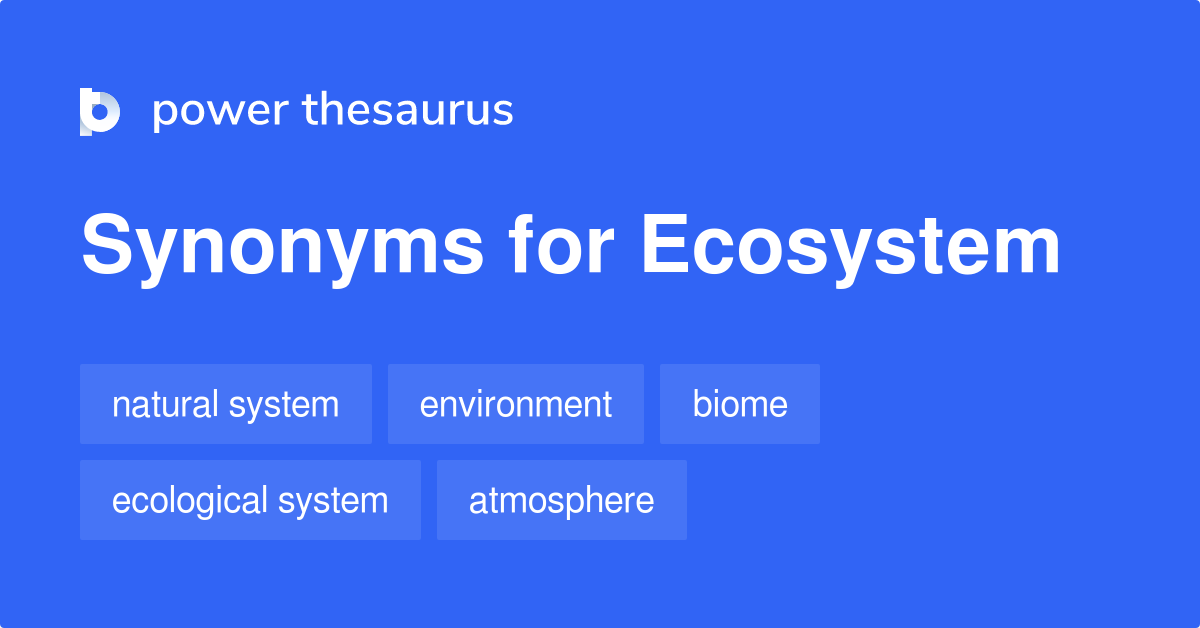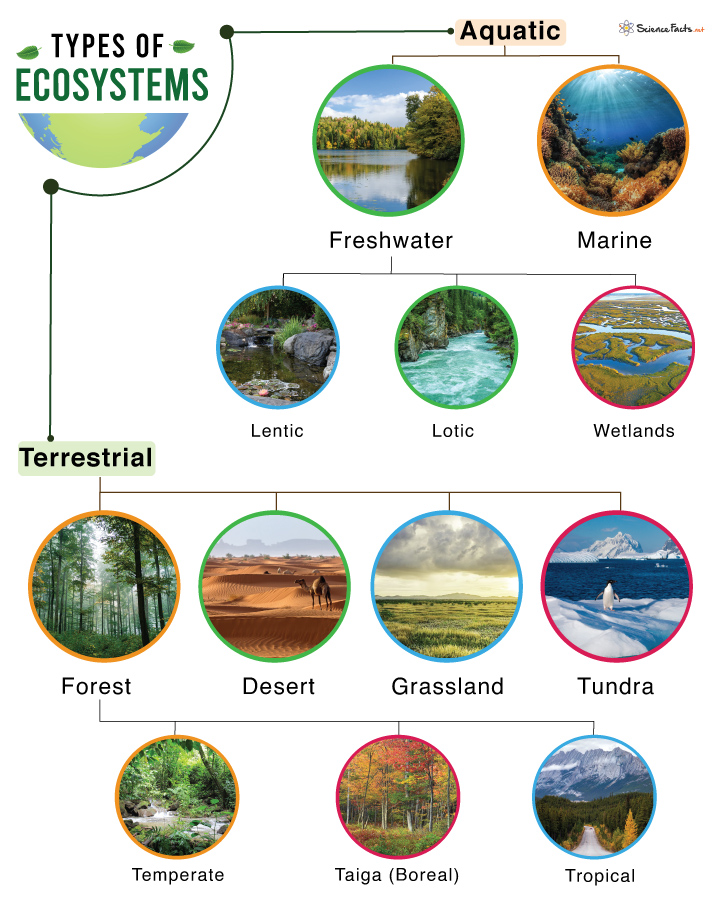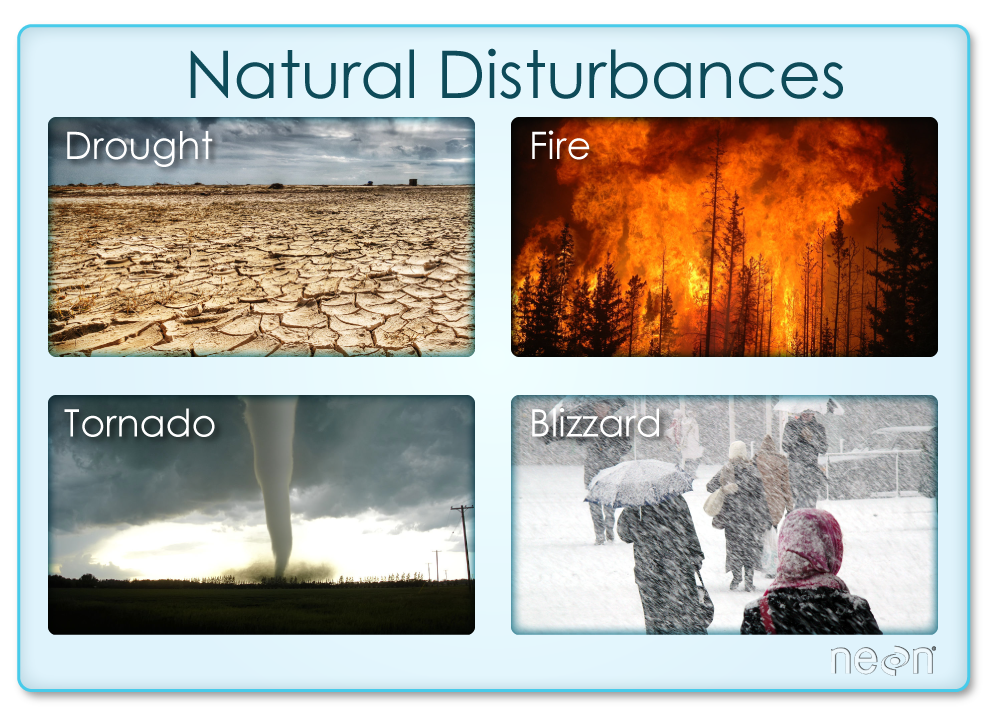Topic stable ecosystem definition biology: Discover the essence of a stable ecosystem in biology, unraveling how intricate relationships foster resilience and balance in nature.
Table of Content
- What is the definition of a stable ecosystem in biology?
- Definition of a Stable Ecosystem
- Key Components and Characteristics
- Importance of Biodiversity in Ecosystem Stability
- Factors Influencing Ecosystem Stability
- Role of Resilience and Resistance in Stability
- YOUTUBE: BioFunc: Maintenance of Species Diversity and Ecosystem Functioning
- Human Impact on Ecosystem Stability
- Case Studies of Stable and Unstable Ecosystems
- Conservation Efforts to Enhance Stability
- Future Challenges and Opportunities
What is the definition of a stable ecosystem in biology?
A stable ecosystem in biology is defined as an ecological system that is able to maintain a relatively constant and balanced state over time. It refers to the ability of an ecosystem to resist and recover from disturbances and maintain its structure, function, and biodiversity. Several factors contribute to the stability of an ecosystem, including interactions between organisms, nutrient cycling, and energy flow.
Here are some key points to understand the definition of a stable ecosystem:
- 1. Ecological Stability: An ecosystem is considered stable if it exhibits ecological stability or equilibrium, meaning it can return to its original state after disturbances.
- 2. Equilibrium: Equilibrium refers to a balanced state where the rates of change in the ecosystem are minimal or equal to zero.
- 3. Non-Equilibrium: Non-equilibrium properties in ecology refer to ecosystems that are in a dynamic or changing state, experiencing constant shifts in population sizes, species composition, or environmental conditions.
- 4. Resistance: A stable ecosystem has the ability to resist disturbances, such as natural disasters, pollution, or invasive species, without undergoing significant changes.
- 5. Recovery: If a disturbance does occur, a stable ecosystem can recover and restore its structure and function to a state close to its original condition.
- 6. Structure and Function: The stability of an ecosystem relies on the interactions and relationships among organisms, as well as the cycling of nutrients and the flow of energy through the system.
- 7. Biodiversity: Biodiversity is an important component of a stable ecosystem. A diverse range of species provides resilience against disturbances because different species may respond differently to environmental changes.
In summary, a stable ecosystem in biology refers to an ecological system that can withstand disturbances, return to its original state, and maintain its structure, function, and biodiversity over time.
READ MORE:
Definition of a Stable Ecosystem
A stable ecosystem is a dynamic environment where the intricate balance between organisms and their physical surroundings results in a sustainable cycle of energy and nutrient flows. Such ecosystems are characterized by their ability to maintain and recover their structure and functions despite disturbances, ensuring long-term resilience and balance.
- Natural Balance: The self-regulating nature of stable ecosystems allows for the maintenance of biodiversity, productivity, and ecological processes.
- Resilience to Disturbances: These ecosystems can withstand and recover from environmental changes and disruptions, maintaining their functionality and diversity.
- Sustainable Energy and Nutrient Cycles: Efficient recycling of nutrients and energy flow ensures the sustainability of life within the ecosystem.
Understanding the definition and characteristics of stable ecosystems is crucial for conservation efforts and ensuring the health and longevity of our planet"s diverse habitats.

Key Components and Characteristics
The stability of an ecosystem hinges on several crucial components and characteristics that interact in harmony. Understanding these elements is key to grasping how ecosystems function and maintain their balance over time.
- Biotic Elements: All living organisms within the ecosystem, including plants, animals, bacteria, and fungi, contribute to its dynamics and energy flow.
- Abiotic Elements: Non-living components like water, soil, air, and minerals provide the essential physical environment for biotic elements.
- Energy Flow: The sun is the primary energy source, driving photosynthesis in plants, which in turn supports herbivores, and subsequently carnivores and decomposers.
- Nutrient Cycling: The recycling of nutrients from the environment through organisms and back into the environment is crucial for sustaining life.
- Food Webs: Complex feeding relationships between organisms help stabilize the ecosystem by distributing energy and nutrients.
- Ecological Niches: Each species plays a specific role, or niche, contributing to the overall stability and functionality of the ecosystem.
- Resilience and Resistance: The ability of an ecosystem to withstand disturbances (resistance) and recover from them (resilience) is a key characteristic of stability.
Together, these components and characteristics create a complex, interdependent system capable of self-regulation and adaptation, forming the backbone of a stable ecosystem.
Importance of Biodiversity in Ecosystem Stability
Biodiversity plays a pivotal role in maintaining the stability and resilience of ecosystems. A rich tapestry of species contributes to ecological balance, enhances resilience to environmental changes, and supports a multitude of ecosystem services vital for life on Earth.
- Enhanced Resilience: Diverse ecosystems are better equipped to withstand and recover from disturbances, such as natural disasters or human-induced changes, due to a variety of species fulfilling different ecological roles.
- Ecological Balance: A wide range of species ensures that critical ecological processes, such as pollination, seed dispersal, and nutrient cycling, are carried out efficiently, maintaining ecosystem health.
- Genetic Diversity: Biodiversity includes the genetic variation within species, which is key to adaptability and survival in the face of changing environmental conditions.
- Productivity and Stability: Ecosystems with high biodiversity tend to be more productive and stable over time, as they can effectively utilize resources, leading to sustainable biomass production.
The loss of biodiversity can lead to a decline in ecosystem services, reducing nature"s ability to provide food, clean water, and air, and making ecosystems more vulnerable to disturbances. Thus, protecting biodiversity is essential for maintaining ecosystem stability and the well-being of all life forms.

Factors Influencing Ecosystem Stability
Ecosystem stability is shaped by a myriad of factors that interact in complex ways. These factors contribute to the ecosystem"s ability to maintain its functions and structures over time, even in the face of external pressures.
- Climate Conditions: Temperature, precipitation, and other climate variables significantly affect the distribution and productivity of plant and animal species.
- Availability of Resources: Water, nutrients, and light are critical for the survival of organisms, influencing the overall productivity of the ecosystem.
- Species Interactions: Predation, competition, mutualism, and other interspecies relationships affect population dynamics and energy flow.
- Disturbance Regimes: Natural disturbances such as fires, floods, and storms can reset ecosystems, affecting their structure and long-term stability.
- Human Activities: Pollution, deforestation, urbanization, and other human actions can drastically alter ecosystems, often reducing their stability.
- Geographical Features: The physical layout of the land, including mountains, rivers, and soil types, shapes ecosystems and their capacities to support diverse life forms.
- Genetic Diversity: The genetic variability within species promotes resilience and adaptability to environmental changes, underpinning ecosystem stability.
Understanding these factors is crucial for managing and conserving ecosystems, ensuring they remain productive and stable for future generations.
Role of Resilience and Resistance in Stability
Resilience and resistance are fundamental aspects that contribute significantly to the stability of ecosystems. They determine an ecosystem"s ability to maintain its functions and structure in the face of external pressures and disturbances.
- Resilience: This refers to the capacity of an ecosystem to recover from disturbances, such as natural disasters, climate change, or human interventions. A resilient ecosystem can return to its original state after being disturbed, ensuring the continuity of ecological processes and services.
- Resistance: Resistance is the ability of an ecosystem to withstand disturbances without significant changes in its structure and functions. High resistance means the ecosystem can absorb shocks and stresses, maintaining its integrity and operational functions.
The interplay between resilience and resistance is crucial for ecosystem stability. Ecosystems that exhibit both high resilience and high resistance are more likely to sustain their biodiversity, productivity, and ecological services, even under increasing environmental pressures.
- Adaptation and Evolution: Over time, ecosystems adapt and evolve in response to environmental changes, enhancing their resilience and resistance. This evolutionary process contributes to the long-term stability and sustainability of ecosystems.
- Management Practices: Sustainable management practices that protect and enhance ecosystem resilience and resistance are vital for maintaining ecosystem stability. This includes conservation efforts, restoration projects, and policies aimed at reducing human impact on natural habitats.
Understanding and enhancing the resilience and resistance of ecosystems is key to mitigating the impacts of climate change, preserving biodiversity, and ensuring the sustainability of our natural environments for future generations.

BioFunc: Maintenance of Species Diversity and Ecosystem Functioning
\"Discover the beauty in diversity as our video showcases the vibrant tapestry of cultures, traditions, and perspectives that make our world so unique. Let us take you on a journey that celebrates the richness of diversity and the power it holds in bringing us together.\"
Biology: Factors of Stability in Ecosystems
\"In a world of constant change, find solace in the stability that our video provides. Experience a calming retreat where you can immerse yourself in scenes that evoke a sense of tranquility and grounding. Allow us to transport you to moments of stability that will leave you feeling refreshed and inspired.\"
Human Impact on Ecosystem Stability
Human activities have profound impacts on the stability of ecosystems around the world. While some actions contribute positively to conservation and restoration, many others have detrimental effects, disrupting the delicate balance that ecosystems rely on for stability.
- Land Use Changes: Deforestation, urbanization, and agriculture conversion alter habitats, reduce biodiversity, and impair ecosystem functions.
- Pollution: Air, water, and soil pollution introduce harmful substances that can devastate plant and animal life, disrupting natural processes and balance.
- Climate Change: Human-induced climate change alters temperature and precipitation patterns, impacting species distributions, breeding cycles, and ecological interactions.
- Overexploitation: Overfishing, hunting, and harvesting at unsustainable rates deplete species, which can lead to a loss of biodiversity and ecosystem services.
- Invasive Species: The introduction of non-native species can outcompete, prey on, or bring diseases to native species, leading to shifts in ecosystem dynamics.
- Resource Extraction: Mining, logging, and drilling disrupt the physical environment and can lead to habitat loss and pollution.
Understanding the impact of human activities is crucial for developing strategies that mitigate negative effects and promote the restoration and conservation of stable, resilient ecosystems.
Case Studies of Stable and Unstable Ecosystems
Examining case studies of both stable and unstable ecosystems provides valuable insights into the factors that contribute to ecosystem health and resilience. These examples highlight the importance of balance, diversity, and effective management in maintaining ecosystem stability.
- Amazon Rainforest: Often cited as a prime example of a stable ecosystem, the Amazon supports an immense biodiversity and complex interdependencies among species, which contribute to its resilience against disturbances.
- Great Barrier Reef: This marine ecosystem is known for its rich biodiversity and complex structures, such as coral reefs, which provide habitats for a wide range of species. However, it faces threats from climate change, pollution, and overfishing, challenging its stability.
- Aral Sea: Once one of the world"s largest lakes, the Aral Sea has dramatically shrunk due to water diversion for agriculture, leading to a catastrophic loss of biodiversity, economic decline, and health problems for local communities.
- Chernobyl Exclusion Zone: Following the nuclear disaster, this area has seen a resurgence of wildlife and plant life, demonstrating nature"s resilience. However, the long-term ecological impacts of radiation remain a concern.
These case studies illustrate the dynamic nature of ecosystems and the critical role of human intervention in both supporting and undermining their stability. They underscore the need for sustainable practices to preserve ecosystem health and functionality.

Conservation Efforts to Enhance Stability
Conservation efforts play a critical role in enhancing the stability and resilience of ecosystems worldwide. These initiatives aim to protect biodiversity, restore degraded habitats, and promote sustainable practices that benefit both the environment and human communities.
- Protected Areas: Establishing national parks, wildlife reserves, and marine sanctuaries to safeguard habitats and species from human exploitation and development pressures.
- Restoration Projects: Rehabilitating ecosystems that have been degraded by activities such as deforestation, mining, and pollution to restore their ecological functions and services.
- Community Involvement: Engaging local communities in conservation activities, recognizing their traditional knowledge and incentivizing their participation in sustainable practices.
- Sustainable Practices: Promoting sustainable agriculture, forestry, and fisheries that minimize environmental impact, preserve natural resources, and maintain ecological balance.
- Legislation and Policies: Implementing environmental laws and policies that regulate resource use, protect endangered species, and address climate change challenges.
- Research and Monitoring: Conducting scientific research to understand ecosystem dynamics and monitoring changes over time to inform conservation strategies.
- Education and Awareness: Raising public awareness about the importance of biodiversity and ecosystem services through education and outreach programs.
These concerted efforts are vital for maintaining ecosystem stability, ensuring the long-term sustainability of natural resources, and fostering a harmonious relationship between humans and the natural world.
READ MORE:
Future Challenges and Opportunities
The future of ecosystem stability faces both significant challenges and promising opportunities. Addressing these challenges and leveraging opportunities is crucial for the preservation and enhancement of global biodiversity and ecosystem services.
- Climate Change: One of the biggest challenges is climate change, which threatens to alter habitat conditions, disrupt species distributions, and increase the frequency of extreme weather events, impacting ecosystem stability.
- Human Population Growth: The increasing human population and the resulting demand for resources lead to habitat destruction, pollution, and overexploitation of species, further stressing ecosystems.
- Technological Advances: Emerging technologies offer new opportunities for monitoring and conserving ecosystems, such as through remote sensing, bioinformatics, and genetic engineering.
- Policy and Governance: Effective policy and governance are needed to address the complex socio-economic and environmental drivers of ecosystem change, ensuring sustainable management and conservation strategies.
- Community Involvement: Engaging local communities in conservation efforts, recognizing their traditional knowledge, and empowering them through education can lead to more effective and sustainable conservation outcomes.
- Restoration Ecology: Opportunities in restoration ecology can rehabilitate degraded ecosystems, enhancing their resilience and functionality.
- International Collaboration: Global environmental challenges require international cooperation to share knowledge, resources, and strategies for ecosystem conservation and sustainable development.
Addressing these challenges and harnessing these opportunities require a multidisciplinary approach, combining science, policy, technology, and community engagement to ensure the stability and sustainability of ecosystems in the face of changing global conditions.
Embracing the principles of stable ecosystems unlocks the path to a resilient future, where harmony between humanity and nature fosters a thriving planet for generations to come.








